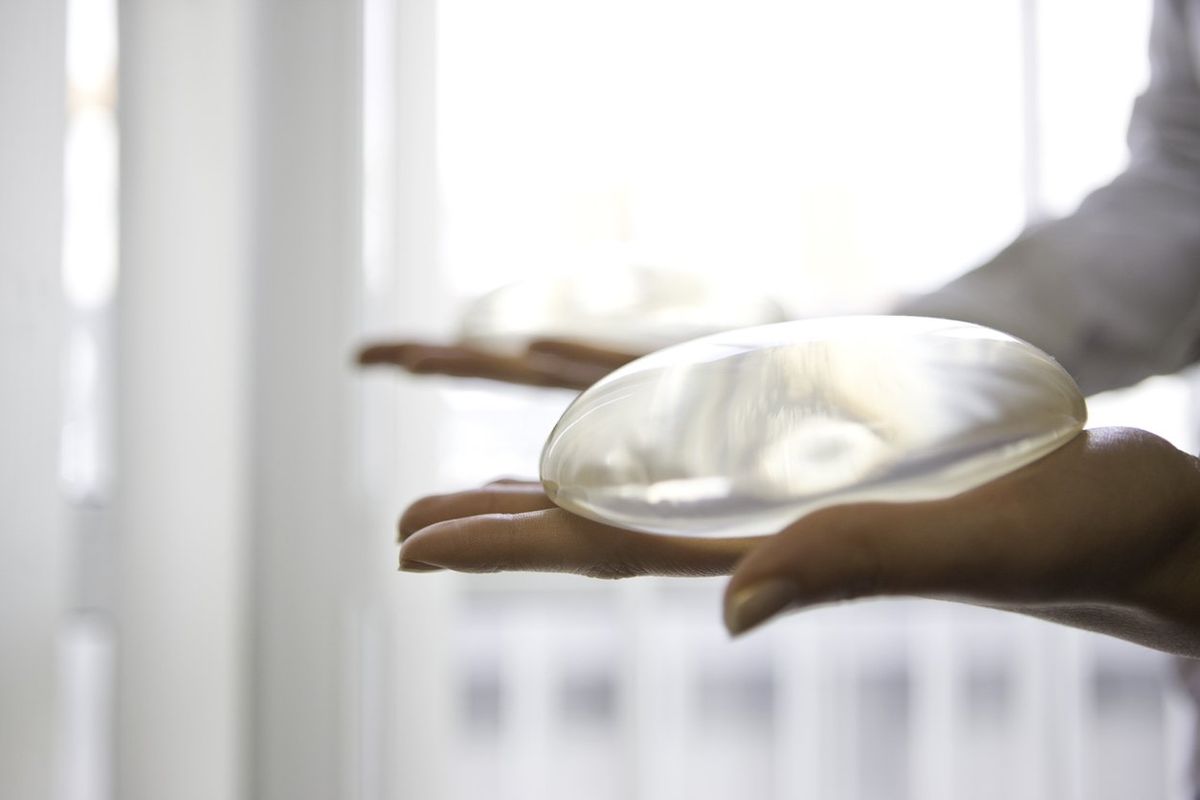
iStock.com/webphotographeer

Attending Physician Jersey Shore University Medical Center Wall, NJ
Full BioLearn about our editorial policies

This article has been archived. We will no longer be updating it. For our most up-to-date information, please visit our breast health information here.
Are breast implants safe?
Breast implants have been available to women since the early 1960's. The original implants were filled with either saline or silicone, but they have evolved dramatically over the last 40 years. The U.S. Food and Drug Administration (FDA) has been involved since 1976 in ensuring their safety by monitoring and regulating them.
It may interest you to know that the FDA deemed implants class III medical devices in 1988, requiring manufacturers to submit data proving their devices were safe and effective. After studying this data, the FDA concluded in 1991 that silicone breast implant manufacturers' safety data did not prove implants to be either safe or harmful, and in January 1992, then FDA Commissioner David Kessler called for a voluntary moratorium on the distribution of silicone implants. The FDA did allow women undergoing breast reconstruction or revision surgery to continue to receive silicone implants. Saline implants were also reviewed by the FDA and found to be safe and effective in 2000.
Other important scientific research and events included the following: In 1994, the Mayo Clinic epidemiologic study published in the New England Journal of Medicine, found no increased risk of connective tissue disease in women with silicone implants. In 1995, the American College of Rheumatology issued a statement that there was "compelling" evidence that implants do not cause systemic illness. In 1997, The Journal of the National Cancer Institute published a review of studies that concluded breast implants do not cause breast cancer. By 1999, the European Nations had declared silicone implants safe and effective, and finally, in a landmark report issued in June 1999, The Institute of Medicine concluded that although silicone implants may be responsible for localized problems such as hardening (capsular contracture), implants do not cause any major diseases such as lupus or rheumatoid arthritis.
As with any surgical procedure though, there can be risks with breast implant surgery. That is why women need to research their options carefully. You can greatly increase your safety by choosing a Board Certified Plastic and Reconstructive Surgeon. Surgical practices and techniques have evolved and improved greatly over the years, but the importance of being in properly trained hands cannot be minimized. Both the American Society of Plastic Surgeons and the Society for Aesthetic Plastic Surgery encourage a patient-physician relationship with shared decision-making.
The short-term potential risks of breast implant surgery include hematoma, infection and pain. In addition, there are long-term potential problems. Implants may become palpable or visible (with rippling and wrinkling), and they may displace, thinning the overlying tissues and giving a 'bottomed out' appearance. These complications are most often due to inadequate pre-operative planning and decision making by either the physician or the patient, or both.
In the data submitted by breast implant manufacturers in 2003 to the FDA, a 20 percent re-operation rate within three years was reported for primary breast augmentations. This re-operation rate has been shown to dramatically decrease when implants are sized to the patient's individual tissues (proper measurements are taken before choosing a cup size). In addition, the submuscular, or partial submuscular placement, of implants can reduce visibility and palpability of implants, and most importantly, improves the quality of mammography.
It is also important to note that both silicone and saline implants, like most medical devices, do not last a lifetime. Saline implants will eventually deflate and the shell of the silicone implant will eventually break down. Armed with this information, women should be advised to maintain good breast health, schedule follow-up exams with their plastic surgeon annually if possible, and obtain a MRI to evaluate their silicone implant at 10 years.
Breast implants, both saline and silicone, have been found to be safe and effective medical devices. Women, however, deserve and should demand constant improvement in their patient experience. A well-informed patient will feel safe and secure about her decision to undergo breast augmentation or reconstruction, accept the life-long responsibility for the maintenance of their implants, and maintain better breast health including her annual mammography.